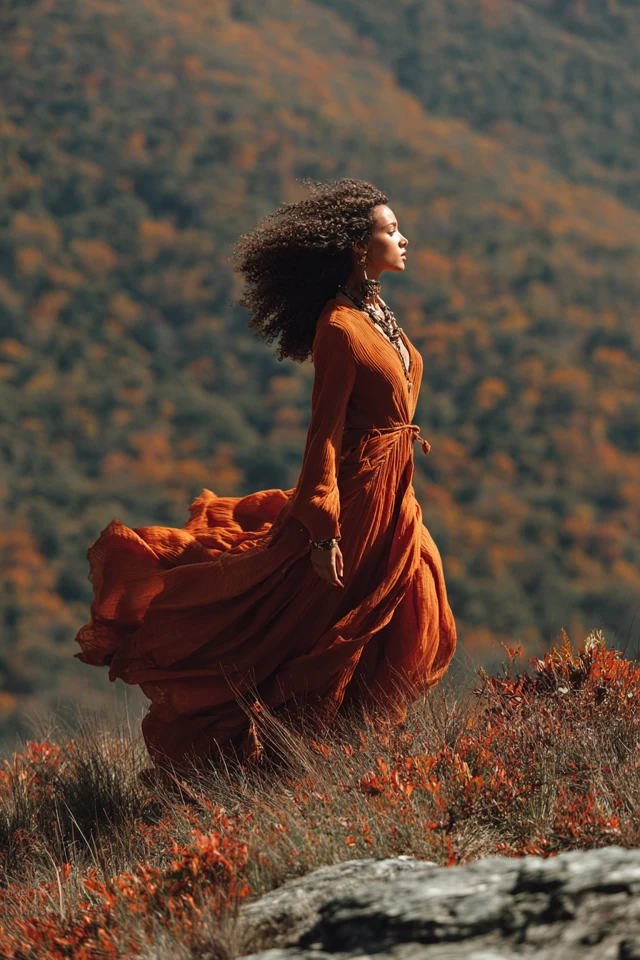Introduction
There’s something deeply comforting about slipping into a knit dress as the air cools and leaves turn crisp. I remember the first time I paired a chunky wool-knit dress with earthy-toned accessories during a brisk autumn morning walk. The way the fabric hugged my silhouette while allowing effortless movement sparked an immediate boost in confidence. It wasn’t just the warmth—it was the powerful message I was sending: I am composed, stylish, and connected to the season’s spirit. That moment, intimately personal yet universally relatable, underscored why knit fabrics are fall fashion staples.
Why focus so intently on knit dress fabrics this season? Because fabrics are more than materials; they hold the potential to transform how we feel and are perceived. With my academic background in fashion design and color psychology, I’ve seen firsthand how choosing the right knit fabric can align your style with emotional well-being and social impression. This blog will unravel the intricate layers of fall knit dress fabrics, weaving in practical styling advice with scientific insights to empower your wardrobe decisions.
About the Author and My Trend Boutique
Whether you’re a seasoned style enthusiast or someone seeking a versatile new outfit, understanding the nuances of knit fabrics—from texture and weight to color selection—can elevate your seasonal repertoire. Fall presents unique opportunities to experiment with mood-enhancing colors, flattering silhouettes, and tactile textures that express sophistication and comfort. Join me as we delve into this vibrant intersection of style, science, and self-expression.
Foundational Concepts
Before diving into the specifics of knit dress fabric, it’s crucial to ground ourselves in three foundational concepts: color psychology, trend forecasting, and dressing to impress. Each plays a critical role in understanding how knitwear interacts with personal expression and societal perception.
Color Psychology
Color psychology examines how different hues influence human emotions and behaviors. For years, empirical studies have demonstrated that colors like deep reds evoke passion and energy, while soft blues produce calm and trustworthiness. When applied to fashion, selecting colors based not only on aesthetics but also emotional impact can empower you to control the narrative your outfit tells. For instance, a warm camel knit dress often inspires sentiments of comfort and approachability during fall gatherings, while a bold burgundy can command attention and confidence.
Trend Forecasting
Trend forecasting is the art and science of anticipating future movements in fashion, driven by cultural shifts, technological innovations, and social psychology. Understanding which knit fabrics, colors, and styles will rise or recede offers strategic advantages, allowing you to build a wardrobe that feels relevant yet timeless. For example, fall’s trending chunky ribbed knits and earth-toned palettes reflect a collective yearning for nostalgia and groundedness, themes that also resonate emotionally.
Dressing to Impress
Dressing to impress transcends superficial appearance; it’s about crafting an intentional image that aligns with your goals and personality. Practical application of fabric choice, body shape knowledge, and color psychology makes dressing to impress a powerful tool for boosting self-confidence and social interactions. A well-chosen knit dress with the right texture and fit isn’t just about looking good; it shapes how others perceive your approachability, professionalism, and style savvy.
Picture Gallery
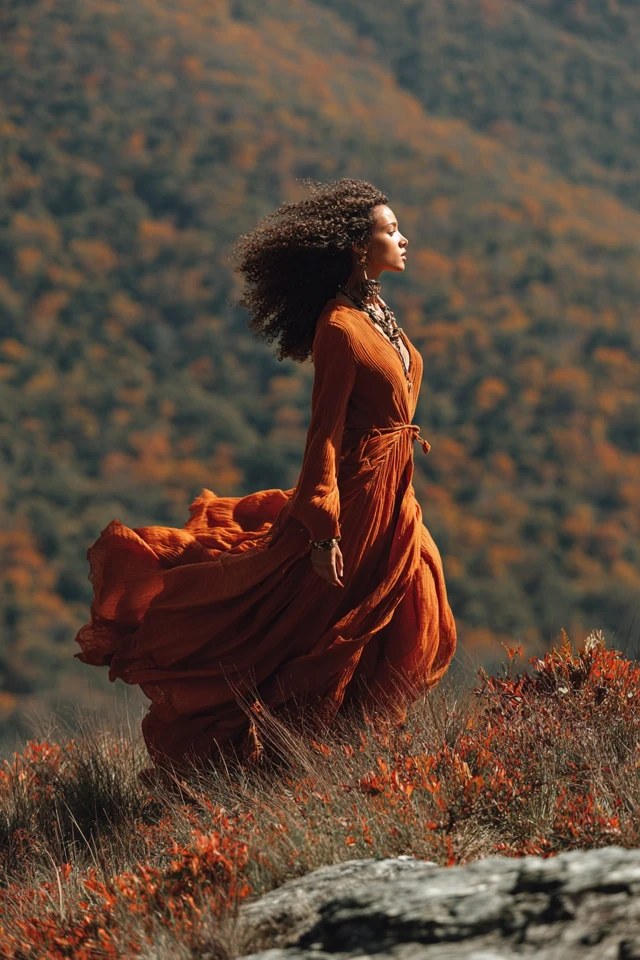
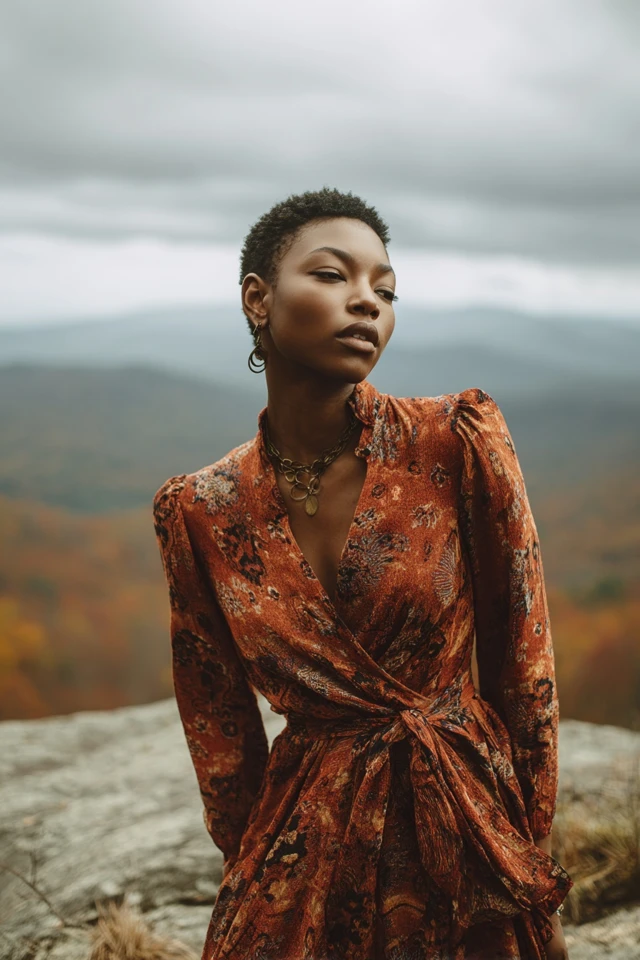
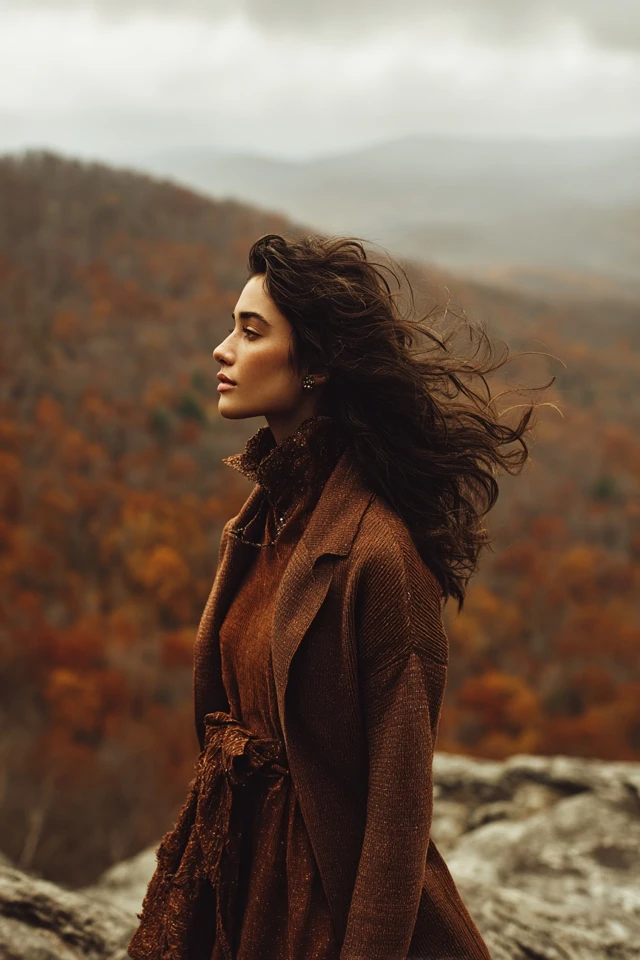
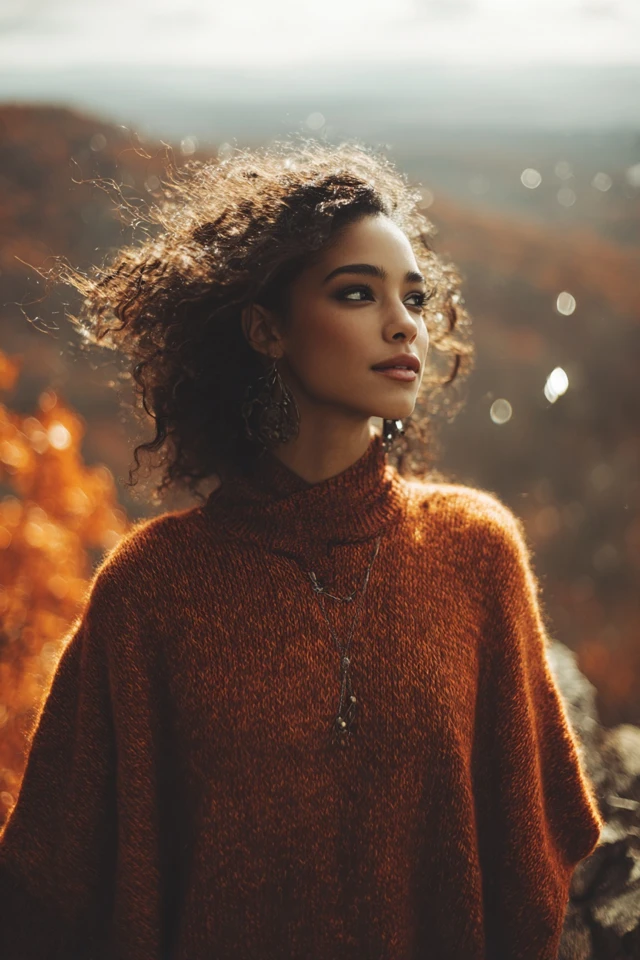
Color Psychology & Emotional Impact
Color wields undeniable power in fashion because it communicates silently but potently with the subconscious mind. Wearing certain shades of knit dress fabric doesn’t just change your look; it reshapes your mood and the first impressions you make. Research into first-impression science underscores that color strongly affects perceptions of warmth, competence, and attractiveness within seconds of meeting someone.
Let’s explore some key fall hues commonly found in knit dresses and their emotional associations:
- Burnt Orange: Evokes warmth, creativity, and enthusiasm, perfect for social settings where you want to seem inviting yet dynamic.
- Deep Burgundy: Suggests luxury and ambition, ideal for professional environments needing a touch of boldness without overwhelming.
- Muted Olive Green: Signals stability and groundedness, excellent for casual days when you want calm but confident energy.
- Soft Camel and Taupe: Convey approachability and neutrality, versatile for layering and mixing with intense accent colors.
- Navy Blue: Associated with reliability and intelligence, making it a workwear favorite for those seeking understated authority.
These psychological effects also translate to your internal emotional state. Wearing colors aligned with your mood goals can improve confidence, reduce anxiety, and foster positive social exchanges.
Personal Style & Body Type Considerations
Choosing the perfect knit dress fabric isn’t just about color and texture; it also involves understanding how fabric, silhouette, and hue work harmoniously with your body type and complexion.
Silhouettes: Different knit structures lend themselves to varied dress shapes—ranging from figure-hugging ribbed knits to loose, draped sweater dresses. For example, those with hourglass figures often shine in fitted ribbed knits that emphasize curves, while pear shapes might prefer A-line knits that skim over hips gracefully.
Fabrics: Heavier wools and alpaca blends provide warmth and structure, great for structured silhouettes. Meanwhile, cotton and bamboo knit blends offer breathability and fluid drape, ideal for layering or transitional climates.
Hues and Complexions: Warm skin tones beautifully complement autumn-inspired colors like burnt orange and mustard. Cool undertones often glow in jewel tones like deep emerald or navy.
Quick Body Type & Personal Style Checklist
- Apple: Opt for A-line or empire waist knits in fabrics with gentle stretch.
- Pear: Choose darker knit fabrics on your lower half and brighter or patterned tops to balance proportions.
- Hourglass: Embrace body-contouring ribbed knits with belts to accentuate the waist.
- Rectangle: Layer textured knits and use color blocking to create dimensionality.
- Inverted Triangle: Select knit dresses with V-necks or flared skirts to soften shoulders.
Personal Style Quiz: Ask yourself—do you prefer structure or flow? Bold statements or subtle textures? Your answers help narrow down ideal knit fabrics and dress styles that sync with your style personality.
Current Trends & Timeless Classics
Each fall, we witness a dynamic interplay between contemporary trends and enduring fashion classics, especially in knitwear. This season, chunky knits with exaggerated textures and sculptural shapes are at the forefront, inspired by both comfort-driven lifestyles and artisanal craftsmanship. Oversized sleeves, cable-knit patterns, and ribbed detailing are staples returning with fresh twists.
Trending Colors: Rich jewel tones like sapphire and garnet are gaining prominence, alongside the perennial earth tones that define fall. These shades, paired with natural fibers, underscore a return to sustainability and eco-conscious fashion.
Timeless Classics: Meanwhile, solid-colored ribbed midi dresses and turtleneck knits remain evergreen for their ability to transition from office meetings to weekend brunches effortlessly. Invest in these shapes and hues as foundational pieces that support rotating seasonal trends without excess spending.
Blending these trends with classics might look like styling a textured, chunky knit dress with a sleek belt and classic leather boots or layering a timeless camel knit with statement jewelry reflective of this season’s mood for personalization.
Practical Tips & Recommendations
Integrating fall knit dress fabrics into your wardrobe effectively means combining strategic shopping with thoughtful care and styling.
- Shopping Advice: Look for natural fiber blends such as merino wool, cashmere, alpaca, or cotton knits. These provide breathability, warmth, and longevity. Test fabric elasticity and weight; heavier knits tend to hold shape better and resist pilling.
- Wardrobe Maintenance: Use gentle washing cycles or hand wash knits to preserve fiber integrity. Dry flat to avoid stretching. Investing in quality storage, like cedar blocks or breathable garment bags, helps protect against moth damage.
- Layering: Knit dresses are excellent base layers. Pair slimmer knits under wool coats or chunky cardigans. For added warmth, layer thermal camisoles or leggings underneath.
- Accessories: Tactile accessories such as leather belts, suede boots, and silk scarves complement knit textures beautifully. Metallic jewelry in gold or bronze harmonizes with warm knits; silver suits cooler hues.
- Color Combos to Try: Combine burnt orange with cream and muted olive for an autumnal palette. Contrast navy knits with mustard accessories for a modern twist. Experiment with monochrome looks using varied knit textures to add depth.
FAQs
- Q: How do I find my signature color in knit dresses?
- A: Start by identifying your skin undertone—warm, cool, or neutral—and experiment with shades aligning to it. Observe which colors make you feel energized and confident rather than washed out or uncomfortable.
- Q: Are knit dresses suitable for warmer fall climates?
- A: Yes, opt for lightweight cotton or bamboo blends with loose knit structures that allow breathability while still offering seasonal style.
- Q: How can I update my knit dress wardrobe on a budget?
- A: Focus on versatile classics in neutral colors that can be styled multiple ways. Layering with accessories or adding trendy outerwear helps refresh looks seasonally.
- Q: What are the best ways to care for delicate knit fabrics like cashmere?
- A: Hand wash with mild detergent and cold water, dry flat, and store folded in cool, dry places with moisture control to prevent damage.
- Q: Can knit dresses work in a capsule wardrobe?
- A: Absolutely. Their adaptability in silhouette and color makes them excellent capsule wardrobe anchors, especially when you select pieces that can be styled up or down.
Conclusion
Fall knit dresses represent more than seasonal attire—they are an embodiment of comfort, style, and emotional expression. By understanding the influence of fabric choice, color psychology, and body type, you can curate knitwear that elevates your confidence and aligns with your lifestyle.
Embrace the interplay of current trends and timeless classics, experiment with textures and hues that resonate personally, and master the art of dressing to impress through thoughtful styling. Your knit dress is not just a garment—it’s a subtle yet powerful statement of who you are in the world.
I invite you to share your favorite knit dress moments, questions, and styling ideas in the comments below. Subscribe to stay connected for more fashion insights that blend academic depth with everyday practicality—because your style journey deserves both expertise and heart.

